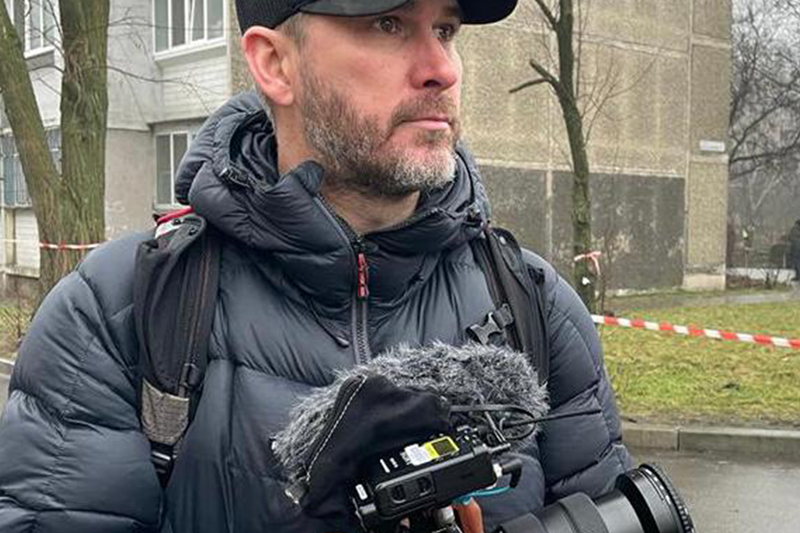Media safety advisors play a critical role in protecting journalists and media organizations from threats and attacks. Whether working for a media outlet, a non-governmental organization, or a government agency, media safety advisors need to have a deep understanding of the risks facing media personnel and organizations and the skills and knowledge to mitigate those risks. In this article, we will explore what it takes to be a media safety advisor, focusing on five key areas: assessing threats, building networks, training and capacity building, crisis management, and advocacy and policy.
Understanding the Risks: Assessing Threats to Media Personnel and Organizations
Media safety advisors must have a comprehensive understanding of the threats facing journalists and media organizations, including physical threats, cyber threats, and legal threats. They must be able to analyze the risks and develop strategies to mitigate them, such as implementing security protocols, providing safety training, and advising on legal issues.

You must also have a thorough understanding of the media landscape in the regions where they work, including the political, social, and cultural contexts in which media organizations operate. Building a Network: Developing Relationships with Local Stakeholders and International Partners Media safety advisors need to build strong relationships with local stakeholders, including media organizations, civil society groups, and government agencies. They must also have connections with international partners who can provide support and resources when needed. Building a network of trusted contacts allows media safety advisors to share information, coordinate responses to threats, and provide assistance to journalists and media organizations.
Training and Capacity Building: Equipping Media Professionals with the Skills to Stay Safe
Media safety advisors must have the skills and knowledge to provide training and capacity building to journalists and media organizations. This includes training in physical security, digital security, risk assessment, and emergency response.
By equipping media professionals with the skills and knowledge they need to stay safe, media safety advisors can help ensure that journalists can continue to report on important issues without fear of physical or digital harm.
Media Safety Advisor Crisis Management: Responding to Emergencies and Keeping Personnel Safe in High-Risk Environments
Media safety advisors must be prepared to respond to emergencies and keep personnel safe in high-risk environments. This includes developing contingency plans, providing emergency communication tools, and coordinating with local authorities and international partners.
In crisis situations, a media safety advisor must be able to make quick decisions and take decisive action to protect journalists and media organizations.
Advocacy and Policy: Promoting Media Freedom and Pressing for Improved Safety Standards at All Levels
Finally you must be an advocate for media freedom and press for improved safety standards at all levels. This includes working with governments, civil society groups, and international organizations to promote the safety and security of journalists and media organizations.
As a Media safety advisor you must also be prepared to speak out against attacks on press freedom and hold those responsible accountable for their actions.
In conclusion, this role requires a wide range of skills and knowledge, including understanding the risks, building networks, providing training and capacity building, crisis management, and advocating for media freedom. By working diligently and creatively in these areas, media safety advisors can help ensure that journalists and media organisations can continue
